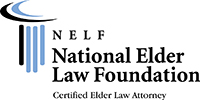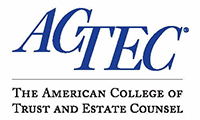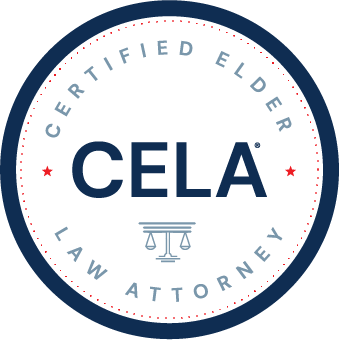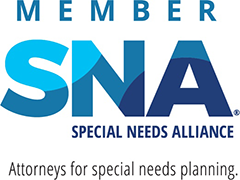Firm News
Beneficiary forms v. Wills
Tim Turner worked with his financial advisors and attorneys to make sure his children received the balance of his retirement funds when he died. Tim died of old age in 2008.
Unfortunately, a single mistake derailed his well-laid plans. Members of his family realized shortly after he died that his IRA beneficiary form was not completed correctly. Tim had filled out the form with the phrase “to be distributed pursuant to my Last Will and Testament.” Tim’s attorney should have instructed him that his beneficiaries needed to be listed along with the percentages on his beneficiary form. Because Tim’s form was incorrectly filled out, the document was considered invalid, and his ex-spouse was considered the default beneficiary.
Tim’s daughter stated that she had no that an IRA beneficiary form could take precedence over a decedent’s Will. His children filed a case with the court to recover the money, but the court awarded the IRA to their father’s ex-wife.
Many Americans are unaware that beneficiary forms can override Wills and unravel their intentions and estate planning. Beneficiary forms are meant to be a simple method to bypass probate and for heirs to receive funds in a timely manner. Sometimes, people forget they’ve filled out these beneficiary forms and don’t think to update them when major life changes occur.
Your estate is separate from your accounts with beneficiary designations. These types of accounts are: retirement accounts, life insurance policies, bank accounts, certificates of deposit, stocks, annuity contracts, bonds, and mutual funds. If a Last Will and Testament appoints a person as the beneficiary but an IRA has a different beneficiary, the IRA may override any wishes in the Will.
Americans have a lot of assets held in retirement accounts, including IRA and 401(k)s. These accounts require beneficiary forms that will designate beneficiaries upon the death of the account holder. There are no reminders to update these forms and, as such, the account holder has the responsibility to keep them current.
Below are 5 tips to following to avoid Tim’s mistake:
1. Hire a certified elder law attorney to ensure your estate planning follows your wishes.
2. Set aside time once a year to review your beneficiary forms. Since these beneficiary forms could override your Will it is important to keep these forms up-to-date. Also, you should make sure your Will and account beneficiaries are the same. A new form should be completed if you have had a birth, death, marriage, or divorce in your family. A financial institution will give you a copy of your beneficiary form if you cannot find your copy. With some accounts you can fill out a Change of Beneficiary form online, but be sure to keep a hard copy.
3. When filling out a beneficiary form, remember to enter percentages next to the names of your beneficiaries. You may enter a numerical figure or with some accounts you my write in “equal shares.”
4. If the bank changes its name or merges with another, you might need to fill out a new form. The bank might not let you know that the beneficiary forms with the old bank my not be valid.
5. Keep hard copies of all your beneficiary forms. Be sure to place these copies where your Personal Representative can find them.












